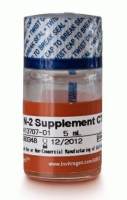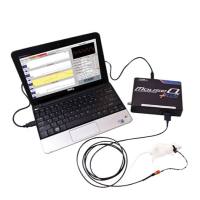How to Monitor NF-B Activation After Photodynamic Therapy
互联网
422
The nuclear factor-kappa B (NF-κB) is a multipotent factor involved in many cellular processes such as inflammation, immune response and embryonic development and it can be activated by a large number of stimuli. Consequently, this transcription factor plays a pivotal role in many natural processes but also in different pathologies. For several years, photodynamic therapy (PDT) has emerged as an attractive alternative approach for the treatment of different affections involving various forms of cancer and an increasing number of reports have highlighted the activation of the NF-κB following PDT treatment. Furthermore, it has been shown that the mechanism of activation of the NF-κB as well as its target genes depends on the nature of the photosensitizers and the cell type used. As this transcription factor is known to be a key regulator of the immune response but also controls cell survival and proliferation, it is important to assess its activation status and its impact on the target genes. In this review, we will present different techniques allowing identification of the activation status of this factor, from the degradation of its inhibitor in the cytoplasm to its ability to induce the expression of a reporter gene under the control of a target promoter. As a working model we will present results obtained from a 5-aminolevulinic acid-PDT treatment on cervix adenocarcinoma cells.









